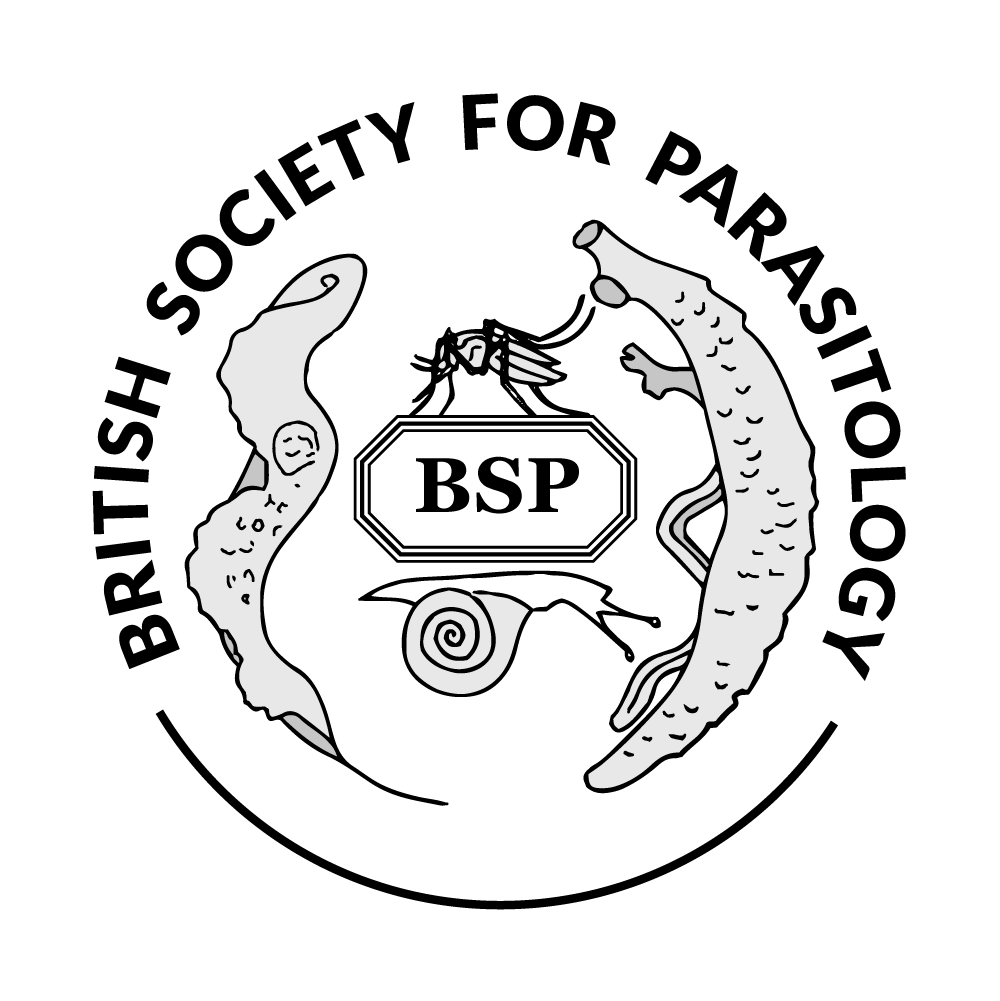Authors
Z Bartonicek1; J R Stothard2; 1 Liverpool School of Tropical Medicine; 2 Liverpool School of Tropical Medicine / UoLDiscussion
Schistosomiasis is a debilitating disease with the vast majority of transmission occurring in Africa. With current mass human population displacement presence of human and intermediate host infections has been documented in new areas. The parasite presence is usually not detected until disease outbreaks occur in an affected area.
Standard methods of detecting schistosome presence in water bodies are currently shedding of collected snails, cercariometry, use of sentinel mice or molecular detection of snail infection. However, these methods have limited sensitivity or specificity, can be costly and time-consuming and large-scale application for assessment of parasite and intermediate host presence is often non-realistic. We are currently testing a novel approach to detection of Schistosoma spp. and compatible intermediate host presence using environmental DNA detection. This method has a potential to be used for large area screening as only filters in ethanol are needed for later laboratory assessment and could help obtaining a better insight on the true spread of schistosomiasis and its compatible hosts.
